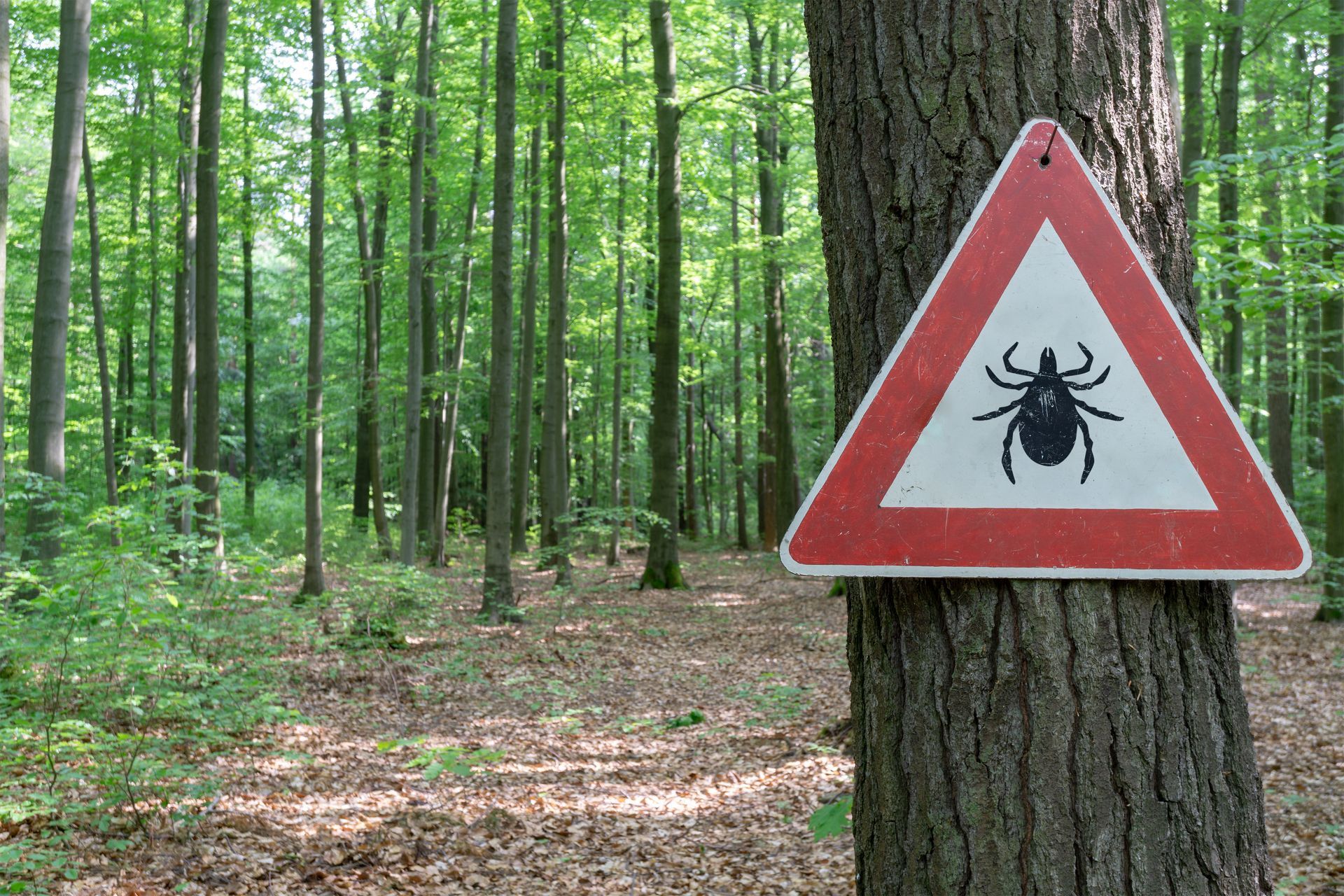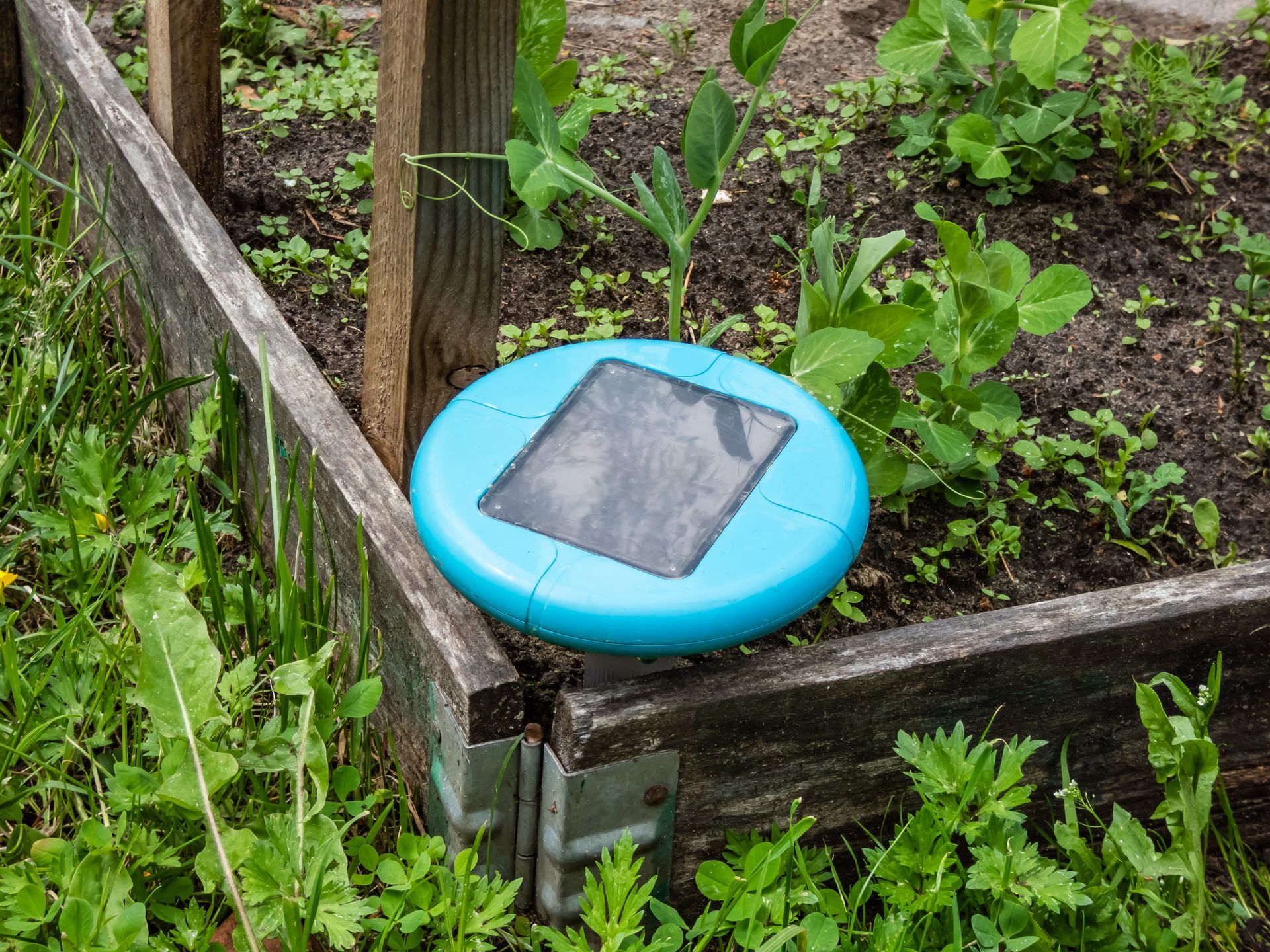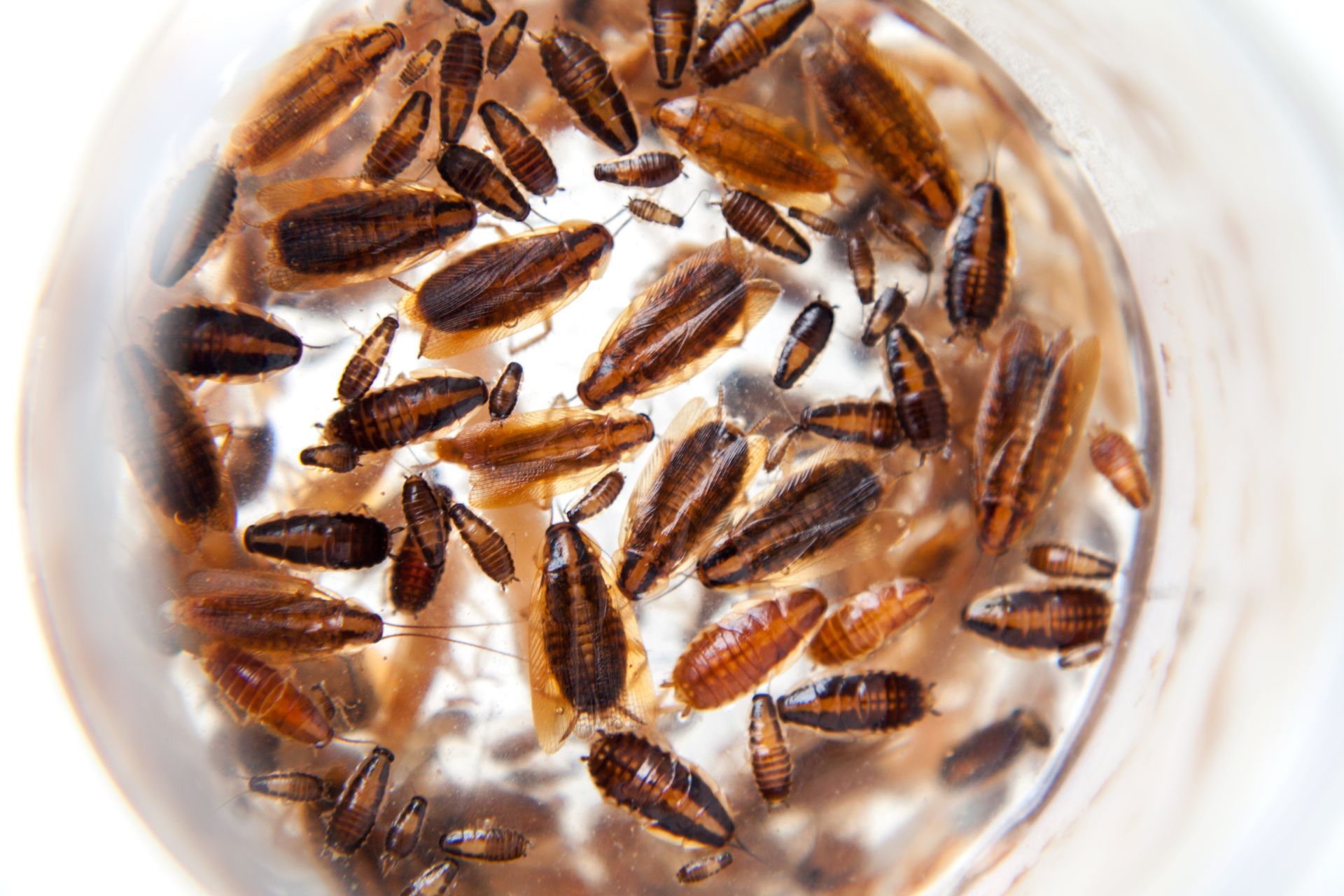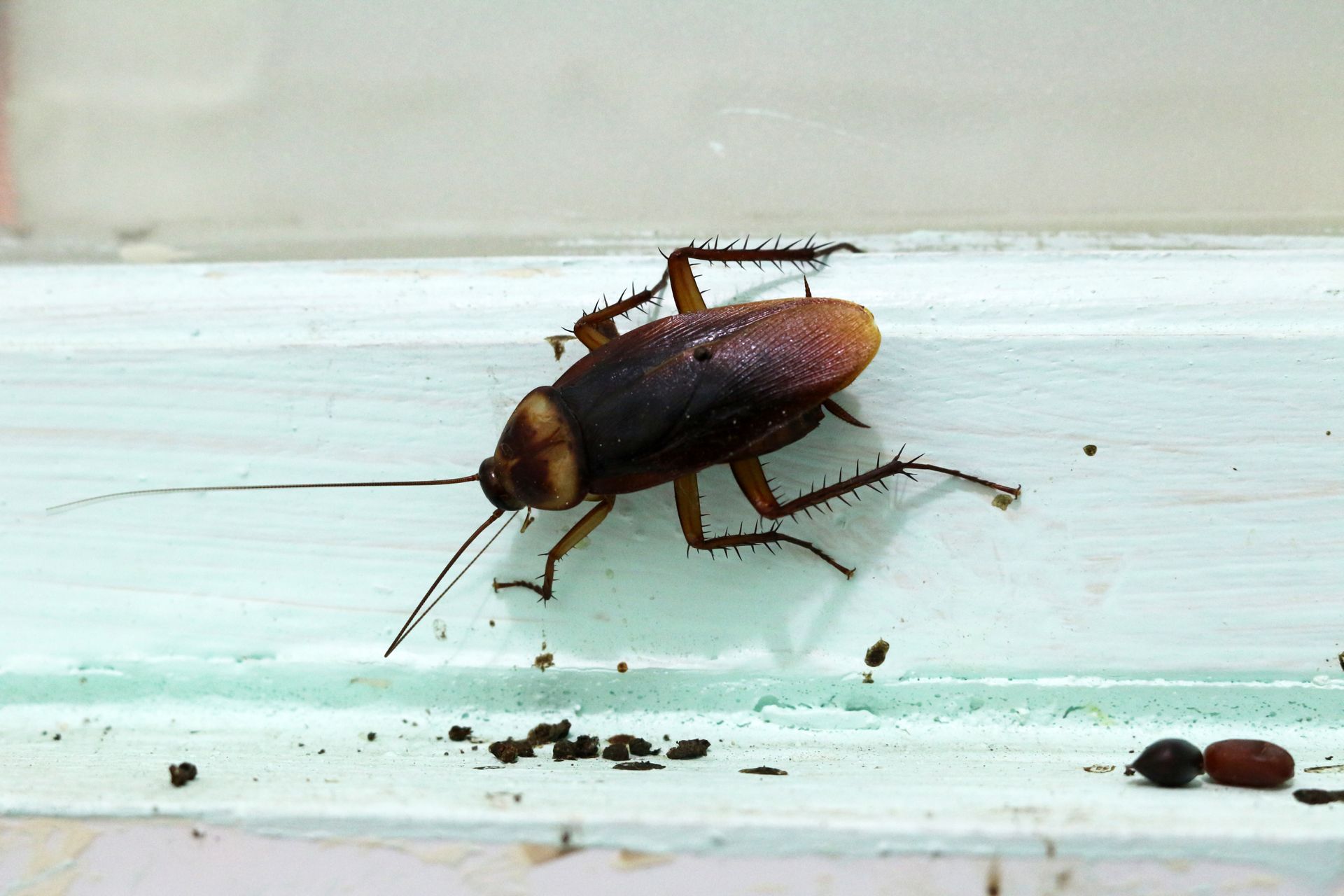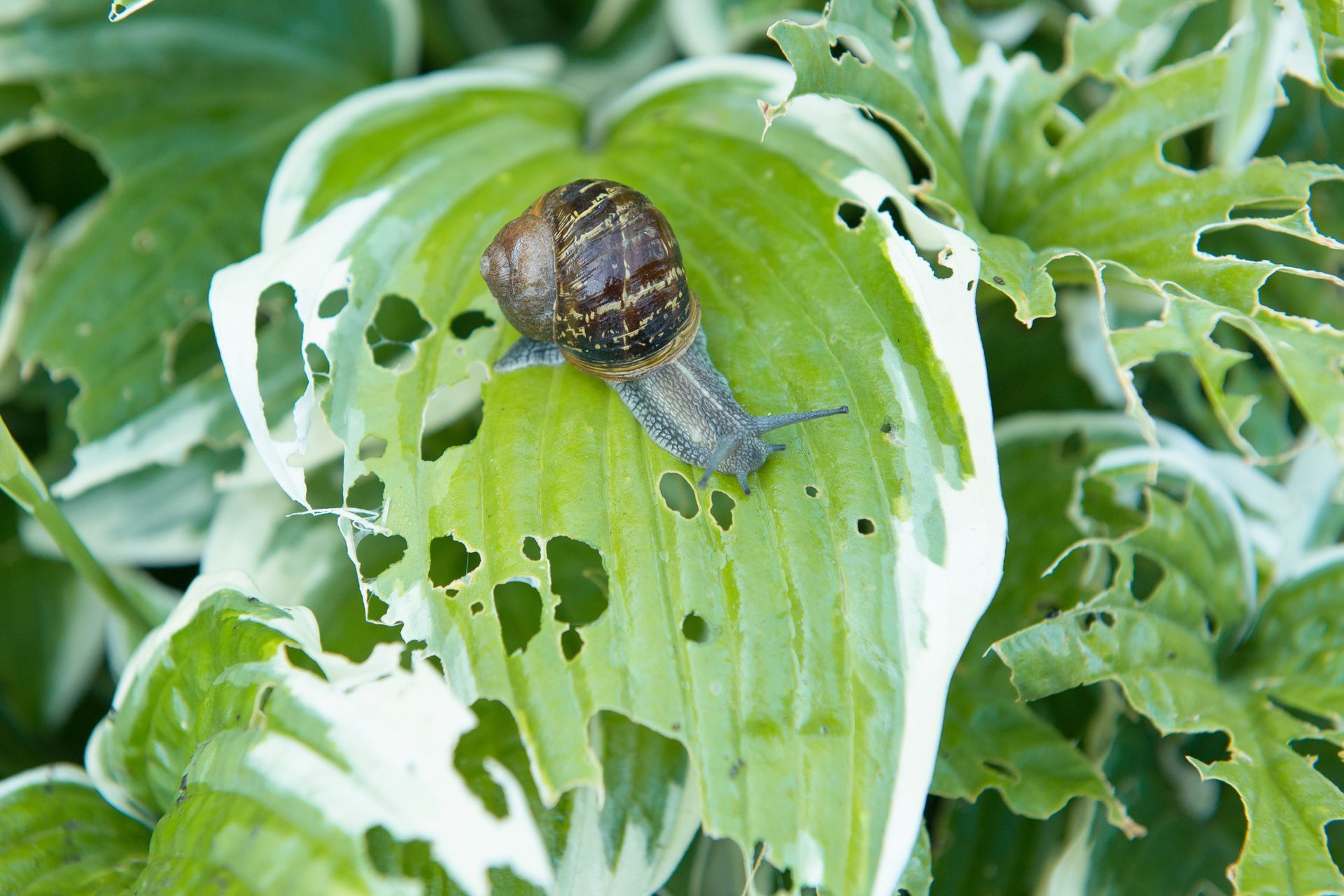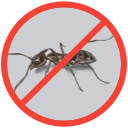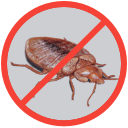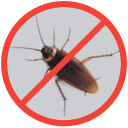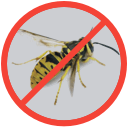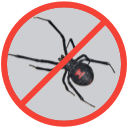Do Centipedes Bite and Are They Poisonous?
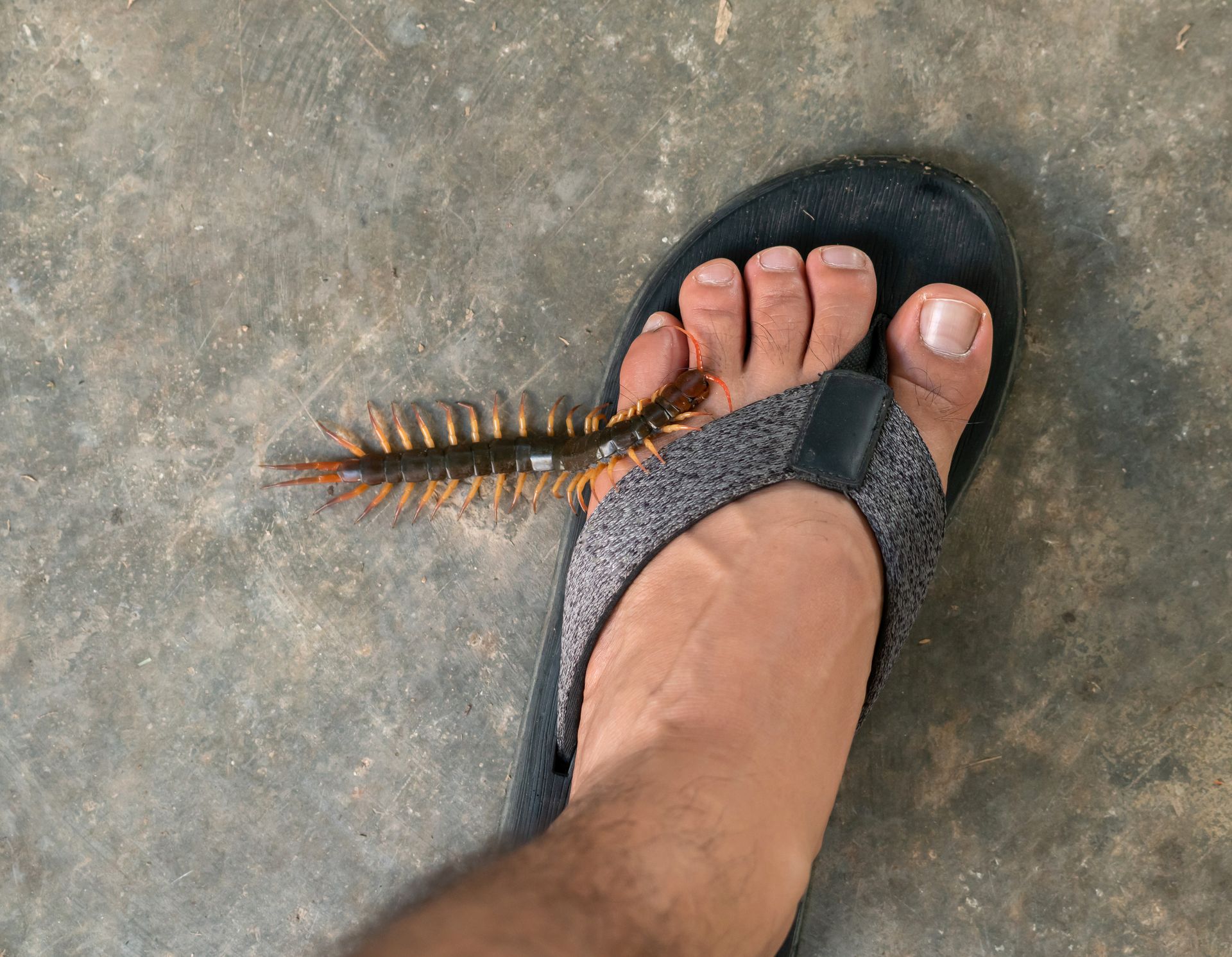
Centipedes are not typically aggressive towards humans, but they can inflict painful "bites" when provoked. They do so by using their forcipules which are stinger-like appendages that are a modified pair of legs that can pierce the skin. This results in a wound that is often characterized by a pair of bleeding bite marks that form an inverted V shape. These bites also inject venom which enables centipedes to immobilize and consume their typical prey of insects and worms. While most centipede bites are not life-threatening for humans, the injected venom can cause localized pain and swelling in adults and possibly pose a serious risk to children and those susceptible to allergic reactions. Some centipedes' venom contains various toxins including histamine and cardio-depressant toxin-S which can cause severe allergic reactions akin to those experienced with bee stings. While uncommon, in severe cases the venom can cause substantial cardiovascular and neurological effects. Despite the potential for discomfort and rare health complications, centipede bites are generally not considered dangerous or fatal to humans.
Why Do Centipedes Bite?
Centipedes are carnivorous creatures with adept hunting skills who use their venomous forcipules to capture, immobilize, and consume their prey. The size of their prey largely depends on the size of the centipede, with smaller species typically feeding on arthropods such as insects and spiders, while larger species are capable of hunting more substantial animals like mice, birds, bats, reptiles, and frogs. They often venture into homes in pursuit of prey which can occasionally lead to encounters with humans.
Why Do Centipedes Bite Humans?
Centipedes are capable of inflicting painful bites, but they typically don't bite humans due to their generally elusive and nocturnal behavior. If bites occur, they are usually a defensive action rather than a predatory one. It's important to note that these bites are generally provoked incidents, as centipedes are not naturally aggressive towards humans. Most centipede species are also too small to cause significant harm to humans which makes their bites rarely life-threatening. However, bites from centipedes in the Scolopendra family can cause more severe symptoms due to the greater amount of venom they can inject due to their overall size. These more severe bites are the ones that typically result in individuals seeking medical care.
Are Centipede Bites Common?
Centipedes in general would prefer to stay out of the way of humans as they have no desire to interact with creatures that may pose any kind of threat to their safety and survival. For this reason, centipedes stay hidden most of the time. It also helps that centipedes are mostly nocturnal and come out at night to hunt. This makes interactions with centipedes rare and centipede bites even rarer. When centipede bites do occur, it is mostly a reaction to a disturbance which results in a protective bite. These bites generally occur as defensive reactions when a centipede is handled roughly, stepped on, or otherwise feels threatened. Despite the pain associated with these bites, they are rarely life-threatening. This sometimes happens when centipedes take shelter somewhere human interaction is likely, like when they hide inside shoes. When this happens, the centipede is forced to defend itself which can result in a bite.
How Do Centipedes Bite?
Centipedes administer their venomous bites using a specialized pair of hollow, clawed legs, often referred to as forcipules or toxicognaths. These forcipules are the first pair of maxillipeds, or anterior legs used to capture and consume prey. These pincer-like appendages are situated under the first body segment and enable the creature to puncture the skin or exoskeleton of their prey and inject venom stored in their internal glands. This can also result in small puncture wounds or blisters when a centipede bites a human. While all centipedes possess the capacity to bite, it's worth noting that some smaller species may lack the strength necessary to pierce human skin.
Are Centipede Bites Venomous?
Centipedes use their specialized forcipules to deliver venomous bites. The venom is produced in a gland within the forcipule and contains a potent cocktail of bioactive proteins and peptides. These components can exhibit myotoxic, cardiotoxic, and neurotoxic effects. Many of the chemical compounds found within the venom are still being investigated and characterized but some of the known components, such as serotonin and histamine are chemicals that naturally occur in the brain and are not typically associated with causing neurological effects in humans. Centipedes primarily use their venom to immobilize smaller prey and defend themselves.
Symptoms of Centipede Bites
Centipede bites are rare but can produce a variety of symptoms that vary based on the victim's individual sensitivity to the venom and the size of the centipede. Recognizable symptoms may include:
- Immediate localized pain, often described as intense burning, which can last from half an hour to three days
- Swelling and redness around the bite area
- Itchiness or burning sensation
- Minor bleeding, which may sometimes be extensive and challenging to control, even with pressure dressings
- Erythema, bruising, and sometimes blistering if the centipede's venomous legs have scratched against the skin
- Two distinct puncture marks forming a V-shape, indicating where the centipede has injected its venom
- Numbness, tingling, and tenderness around the bite
In some cases, more severe symptoms might occur such as:
- Headache, anxiety, and heart palpitations
- Hardening of the skin, red streaks on the skin, localized infection, and potential tissue death
- Swelling of lymph nodes
- Fever, chills, and nausea
- An immediate, severe allergic reaction known as anaphylaxis can lead to symptoms like difficulty breathing, swelling in the throat, rapid heart rate, hives, and dizziness
Systemic effects are far less common but can include cardiovascular issues like hypotension, tachypnea, palpitations, vasospasm, and acute myocardial ischemia. Other rare but serious systemic effects are lymphangitis, rhabdomyolysis, and the risk of tetanus transmission.
Despite the range of symptoms, centipede bites are usually not life-threatening for humans. Most symptoms are localized and transient and last less than 48 hours. However, individuals with known insect allergies or small children may experience more severe reactions. Medical attention should be sought if severe reactions are suspected.
What Should You Do If You Are Bitten by a Centipede?
If you are bitten by a centipede, it's important to treat the bite promptly and carefully to manage symptoms and prevent potential complications. While centipede bites often cause discomfort, they usually aren't life-threatening. However, if you're unsure what bit you or if your symptoms are severe, it is recommended to seek medical attention.
If you are bitten by a centipede, you should:
- Clean the wound: Irrigate the site to reduce the risk of infection. Gently wash the area with soap and warm water to achieve this.
- Apply heat: Immersing the wound in hot water or using hot compresses can help denature the venom. However, be aware that some patients have reported increased pain with hot water exposure.
- Use cold compresses: Ice packs can be beneficial to reduce swelling and pain. Cold can elevate the pain threshold, impede nerve conduction, and vasoconstrict vessels to prevent tissue edema.
- Medicate if needed: Over-the-counter medications can be used to manage pain, allergic reactions, and inflammation. These may include antihistamines, anesthetics, anti-inflammatory drugs, and in some cases, topical antibiotics to prevent infection.
- Wound care: Keep the wound clean and covered to avoid infection. Antibiotics are not typically needed if the wound is properly cared for.
- Tetanus vaccination: If your tetanus vaccination is not up to date (i.e., you haven't had a shot within the past 5 years), it might be advised to get one.
- Monitor your symptoms: If your symptoms are severe, do not improve within a few days, or if you exhibit signs of an allergic reaction, seek medical attention. Prescription corticosteroids may be needed.
Remember, there is no specific antidote for centipede venom. If systemic symptoms occur, treatment will mainly be supportive or related to the specific symptom. For example, in the rare event of anaphylaxis, standard treatment with epinephrine will be administered. In the case of delayed effects like cellulitis or localized necrosis, antibiotics and wound care and debridement might be necessary.
Risks Associated with Centipede Bite Infections
Centipede bites sometimes carry some risk of complications. This primarily arises from possible infection or allergic reactions. In rare instances, more severe complications may occur. The following are potential risks associated with centipede bites:
- Infection: If the bite site isn't properly cleaned and cared for, it may become infected. Signs of infection can include worsening symptoms, fever, red streaks near the wound, or a foul odor. If an infection is suspected, a doctor may prescribe antibiotics to help fight the infection.
- Allergic Reactions: Some individuals may experience an allergic reaction to a centipede bite. Symptoms may include intense itching, dizziness, hives, or a rash.
- Tetanus: Centipede bites, like any puncture wound, carry a risk of tetanus. Therefore, keeping your tetanus vaccinations up to date is important.
More severe but rare complications can include:
- Cellulitis or Abscess: These are types of skin infections that can occur if the bite wound becomes infected.
- Local Necrosis: This refers to the death of tissue around the bite area due to the venom or infection.
- Myocardial Ischemia: A very rare complication, this refers to a reduction in blood flow to the heart muscle which can potentially cause a heart attack.
- Rhabdomyolysis: This is a serious syndrome due to a direct or indirect muscle injury. It results from the death of muscle fibers and release of their contents into the bloodstream.
- Anaphylaxis: This is a severe, potentially life-threatening allergic reaction that can occur in response to a centipede bite. Severe allergic reactions could involve swelling of the lips, throat, mouth, or tongue. These reactions are medical emergencies and require immediate attention.
Remember to seek medical attention if your symptoms worsen or don't go away within 48 hours. Immediate action can mitigate most of these risks.
When to See a Doctor for Centipede Bites
While most centipede bites can typically be managed at home, there are certain circumstances that necessitate medical attention. These situations may arise if the individual has pre-existing health conditions, if the bite appears to be infected, if an allergic reaction occurs, or if the victim is a small child. Crucial signs that indicate the need for immediate medical care include:
- Fever: A temperature of 100.4℉ or higher could be a sign of an infection or a severe reaction to the bite.
- Signs of Infection: Indications of an infection at the bite site could include symptoms such as red streaks extending from the wound, unusual warmth at the bite location, bleeding, or a foul-smelling discharge.
- Allergic Reaction: Symptoms of an allergic response might include wheezing, difficulty breathing, dizziness, lightheadedness, or fainting. These could be signs of a severe and potentially life-threatening allergic reaction known as anaphylaxis.
- No Improvement or Worsening Condition: If your condition fails to improve or worsens after 48 hours, this is another situation that calls for a doctor's evaluation.
In these instances, seeking immediate medical care is essential to prevent further complications.
Treatment for Centipede Bites
While centipede bites can be painful, they seldom lead to serious health complications. The primary focus of treatment is typically on relieving symptoms and managing discomfort. A significant characteristic of centipede venom is its heat-labile nature, meaning it breaks down when exposed to high temperatures. As a result, immersing the bite area in hot water can potentially help to alleviate both pain and swelling. This at-home remedy is often an effective initial step in managing the symptoms of a centipede bite.
Outlook After Centipede Bite
The outlook following a centipede bite is generally favorable. While the bite may result in localized reactions such as pain, redness, and swelling, these symptoms usually subside within a few hours to days. However, individuals with pre-existing health conditions like diabetes might experience more severe skin reactions and a higher risk of infection. The prognosis remains good even in the rare cases of severe allergic reactions (anaphylaxis) following a centipede bite, as long as the person receives swift medical attention. To prevent future occurrences, individuals who have experienced an anaphylactic reaction may be prescribed an epinephrine auto-injector and advised to avoid centipedes when possible. Overall, severe complications from centipede bites are rare and pain management is typically achieved effectively with appropriate treatments.
Contact EcoGuard if You Are Dealing with Centipede Problems
While most centipede bites can be treated at home, it's crucial to prevent such situations from happening in the first place. If you're grappling with a centipede infestation, don't wait until it becomes a bigger problem. Contact us at EcoGuard Pest Management today. Our team of skilled professionals is dedicated to providing safe and effective pest control solutions and ensuring a pest-free environment for you and your family. We understand the habits of centipedes and we have the tools and expertise to tackle your pest problem head-on to ensure your home stays clear of these creatures. Reach out to EcoGuard Pest Management today and let us help you live a life free from the worry of centipede infestations.
Centipede Bite FAQs
Is centipede poisonous to human?
Yes, centipedes are venomous to humans although the potency varies across different species. The venom from most common household centipedes is usually not strong enough to cause serious harm to humans.
How poisonous is a centipede sting?
The degree of venom toxicity in a centipede sting can range from mild to significant depending on the species of the centipede. However, in most cases the sting from a centipede is not lethal to humans but can cause severe pain and discomfort.
What happens if you get bitten by a centipede?
If you get bitten by a centipede, you may experience symptoms such as sharp, localized pain, swelling, redness, and in rare cases, more serious systemic reactions. It's important to clean the bite area and apply a cold pack to alleviate the swelling and pain.
How bad is a house centipede bite?
A house centipede bite isn’t dangerous but can still deliver a bite that is painful and uncomfortable due to the venom injected. Most people experience symptoms such as pain, swelling, and redness at the site of the bite which usually subsides within a few hours to a couple of days.
Request A Free Estimate
Immediate Service Available
Services
Customer Care
Legal
Working hours
- Mon - Sun
- -
All Rights Reserved | EcoGuard Pest Management | All Phone Calls Recorded | By Using Website You Agree To Terms Of Use





